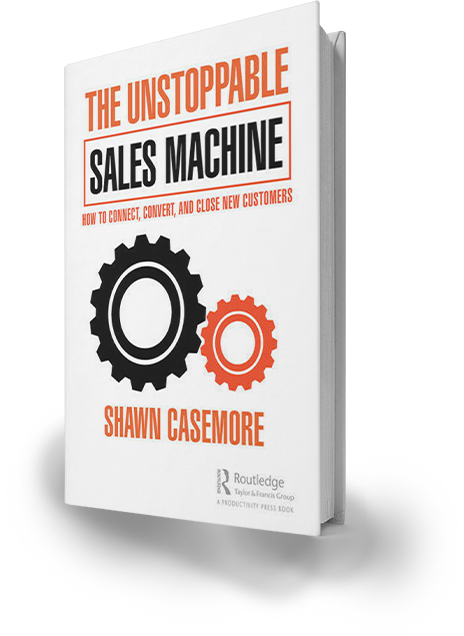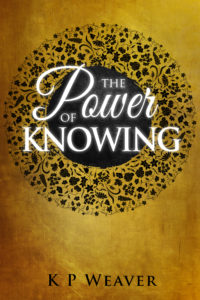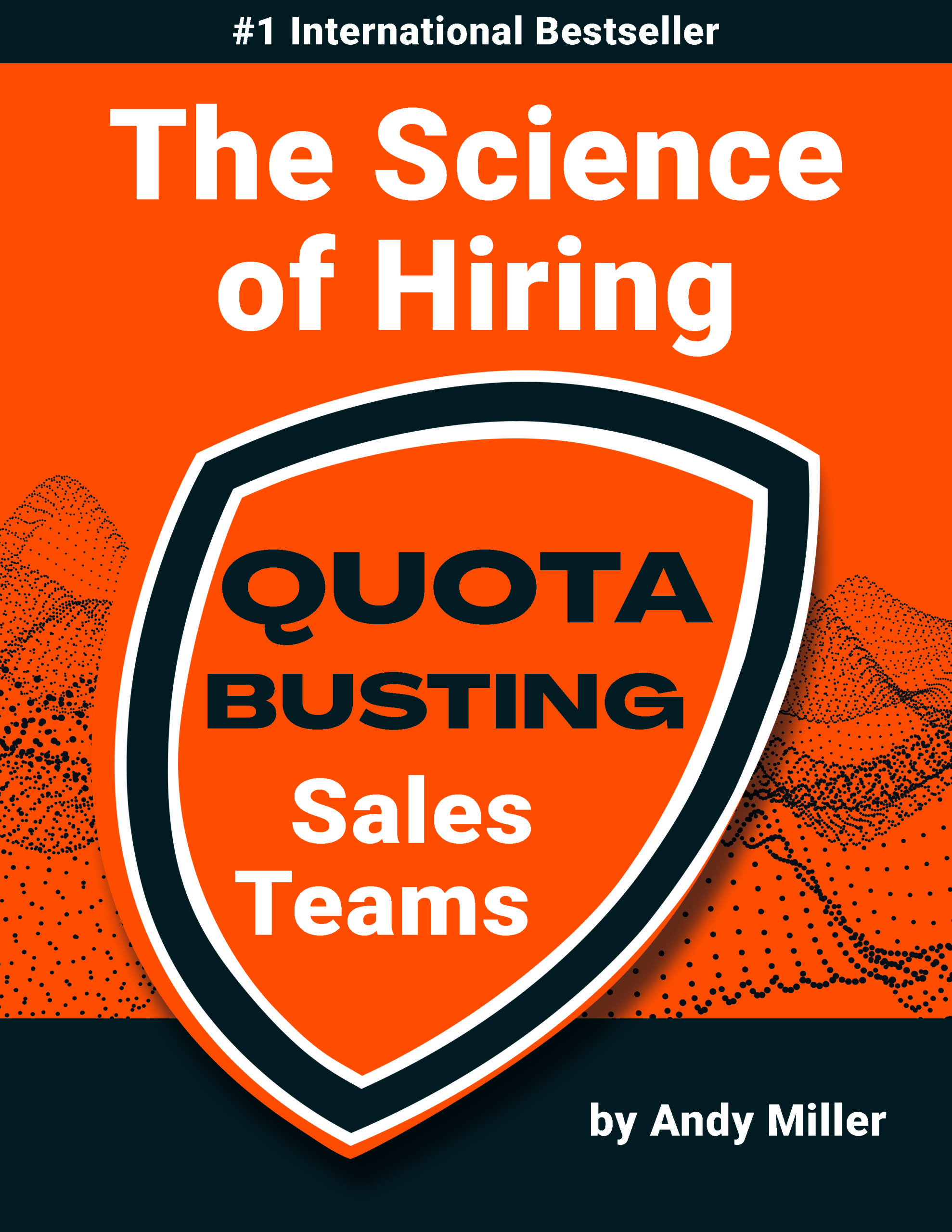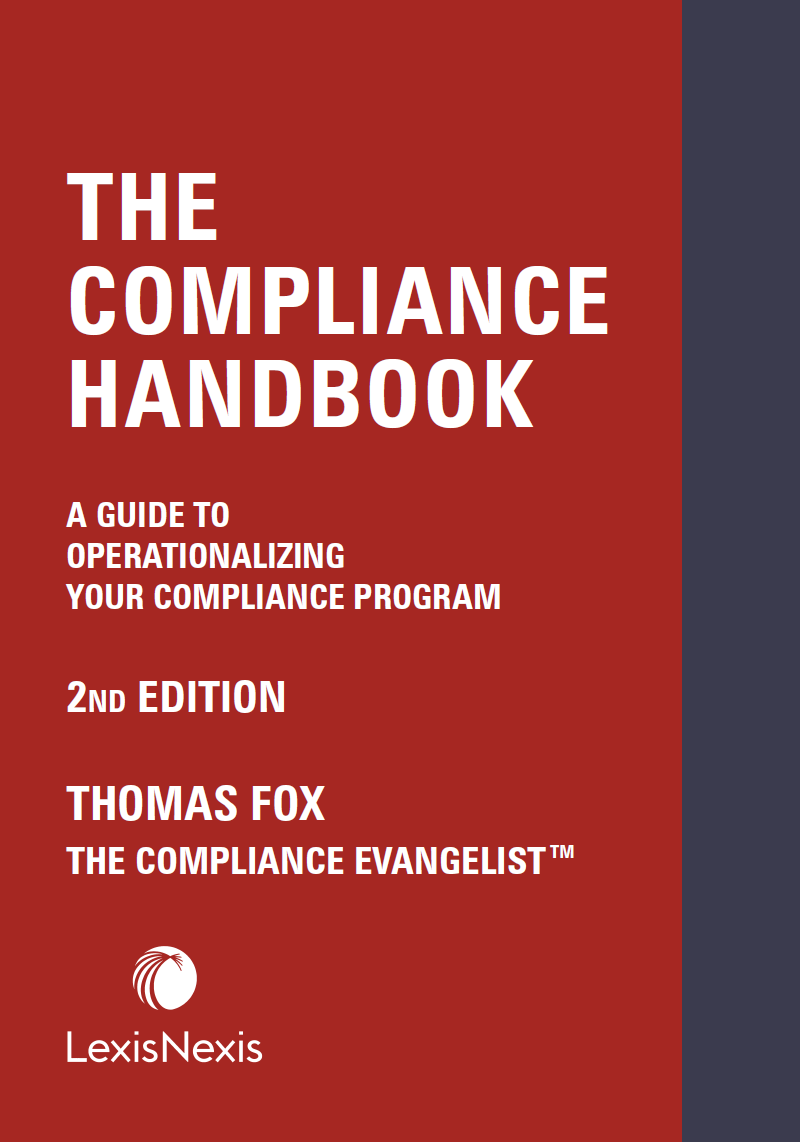Rapid Teamwork
Sean Glaze
In modern organizations there seems to be a revolving door of projects and that present employees and managers with new roles and new teammates. The challenge they face is seldom about strategy. Leaders struggle because they don’t have a process for bringing diverse individuals together as a collaborative team. This is a story that offers leaders a solution to that all-too-common problem in an easy-to-read and entertaining leadership parable.
Rapid Teamwork tells the story of Greg Sharpe, a manager that readers can easily relate to. Greg’s team has been underachieving and struggling with a few issues. What he and his executive team experience during an unusual rafting retreat is a lesson on how to become a more productive team quickly – creating a stronger, more unified workforce.
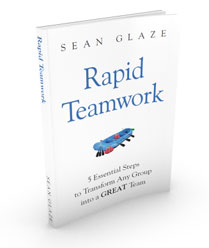
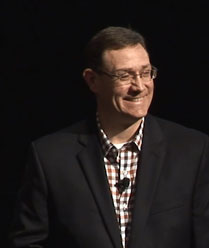
Sean Glaze inspires people to have fun laughing together so they can have more success working together. His two books, The Unexpected Leader and Rapid Teamwork are powerful parables for building and leading great teams!
As a successful basketball coach and educator for over 20 years, Sean gained valuable insights into how to develop winning teams, and founded Great Results Teambuilding to share those lessons…
Today, he travels around the country delivering interactive events and entertaining keynotes that transform employees into winning teammates!

If you are anything like me, you will be able to relate to the main character of my most recent book, Rapid Teamwork.
His name is Greg – and as the director of a large organization, he does a good job.
But his team is under-performing…and despite his focus on strategy and skills and metrics, he can’t figure out what is missing.
So his management team is encouraged to take a trip together – to go whitewater rafting.
What follows is a series of powerful and entertaining lessons, as their rafting guide shares a recipe with Greg and his people that includes the n.
Goals & Gear – According to the guide, all great teams begin with a compelling common goal that requires people to work interdependently as a small part of something more significant than themselves. People have to have a why that defines their daily efforts. They need to have the gear that makes the journey possible. But it is also important to ensure that focusing on the gear doesn’t become a distraction to accomplishing the stated goals – because comfort without commitment produces complacency.
To become a team, individuals must have oars, a boat, and a map that clearly communicates signs and where they are going.
Rapport & Relationships – One of my favorite quotes from Andy Stanley, senior pastor of North Point Community Church, is that “rules without relationships lead to rebellion.” The second lesson that the rafting guide offers to Greg and his people is that you will always be able to work more effectively with people when you are more aware of their beliefs, experiences, and desires. This is the part of the recipe that I, and honestly most people in positions of authority, struggle to understand the importance of in their role as leaders. According to Greg’s guide, leadership and relationships occur one conversation at a time. The problem is that most conversations are about authority instead of asking questions to improve our awareness.
To become a team, individuals spend time together and learn to appreciate other’s talents.
Expectations and Encouragement – The third step in building a high-performing team is to have clear expectations for each person and what their roles will be. A high-performance team is one where everyone is contributing according to their strengths. That is why so many organizations invest in personality style assessments. Leaders want to get good people in the right seats on their bus and ensure they can use the same vocabulary and follow the effective protocols that their company has established. And encouragement is important because there are two types of whitewater rafters; those who have fallen out and those who someday will. When people struggle, great teammates support and assist others to get them back into the boat.
To become a teams, individuals must assign and accept roles and provide praise for teammates to meet those performance standards.
Traits Four & Five – Traits 4 and 5 are waiting for you in the final third of the book and are vital to creating a high-performing, cohesive, and collaborative team culture. By the time Greg and his coworkers have finished their trip down the river, they are ready to go back to work with the tools and insights that allow them to eventually become a more productive team.
If you are leading a team in any industry, the lessons of Rapid Teamwork will resonate and provide a relevant and useful recipe for building a better team culture with your people. The quote from the following image is incredibly accurate.
I invite you to visit the Rapid Teamwork website to learn more about the book, share a few quotes from the book as tweets, and consider following Greg on his journey of awareness to improve yourself as a leader.





